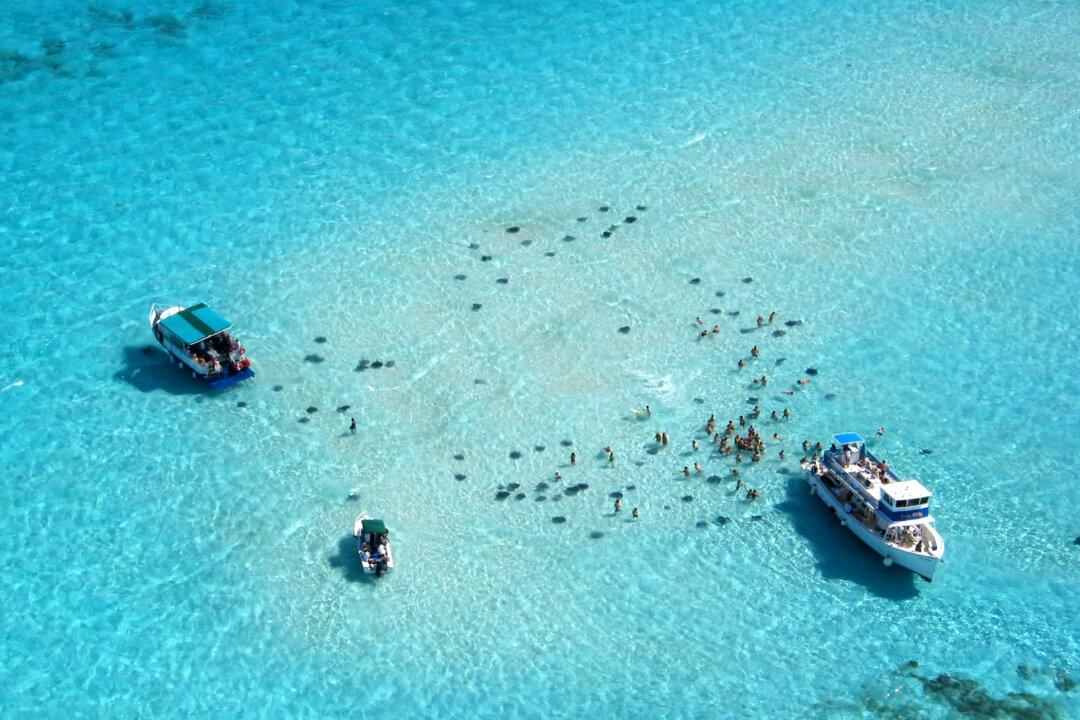“He hath founded it upon the seas,” declares the motto of the Cayman Islands, and the seas indeed are a primary draw of this heavenly destination. Scuba diving, sailing, swimming with stingrays—these are the kinds of activities on the agenda during a visit to Cayman.
A common question I received about our trip was, “Where are the Cayman Islands?” I’ll admit I had to look it up myself—they’re just south of Cuba and northwest of Jamaica, about 480 miles due south of Miami but a world of their own.





